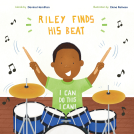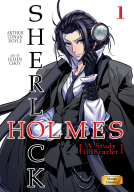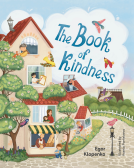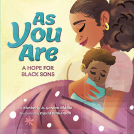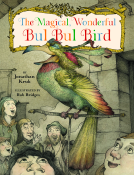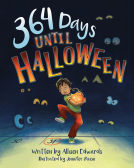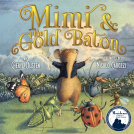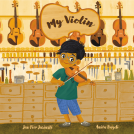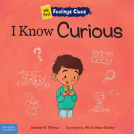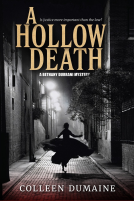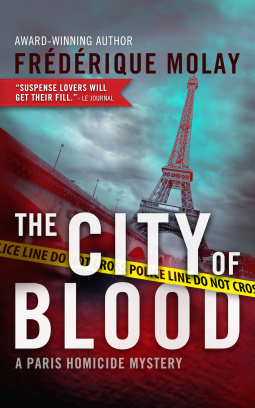
The City of Blood
A Paris Homicide Mystery
by Frédérique Molay
This title was previously available on NetGalley and is now archived.
Send NetGalley books directly to your Kindle or Kindle app
1
To read on a Kindle or Kindle app, please add kindle@netgalley.com as an approved email address to receive files in your Amazon account. Click here for step-by-step instructions.
2
Also find your Kindle email address within your Amazon account, and enter it here.
Pub Date Jan 20 2015 | Archive Date Jan 25 2015
Description
A Note From the Publisher
Other editions: ebook and hardback (simultaneous release)
Other editions: ebook and hardback (simultaneous release)
Other editions: ebook and hardback (simultaneous release)
Advance Praise
“It has a CSI-like approach to police procedure and a literally fascinating intrusion of contemporary art. It is set in La Villette, and provides the added pleasure of teaching us something while entertaining us. A taut novel, with likable characters and optimism. Fresh and a real pleasure to read.” -Blue Moon
"Suspense lovers will get their fill." -Le Journal
“Molay has the rare skill of producing just the right tone, without clichés and with subtle humor. Magical, written by a master.” -Aventure Litteraire
“A real pleasure to read. Molay is as precise and accurate as ever when it comes to police procedure and forensics. A good read exploring the universe of death, blood, intolerance and contemporary art.” -Pascal Kneuss, reporter
Praise for Crossing the Line (previous in series):
"Procedural fans will appreciate the fresh take." - Booklist
"For readers who enjoy a low-key approach and detailed descriptions, Molay is just the ticket." - Publishers Weekly
"If you're looking for a chilling novel that will keep you guessing until the case is solved, this is the book for you." - Criminal Element: French Meat
Available Editions
| EDITION | Other Format |
| ISBN | 9781939474186 |
| PRICE | $16.95 (USD) |
Average rating from 73 members
Readers who liked this book also liked:
Sir Arthur Conan Doyle
Comics, Graphic Novels, Manga, Mystery & Thrillers, Teens & YA
Allison Edwards
Children's Fiction, Health, Mind & Body, Parenting, Families, Relationships
Allison Joy
Children's Fiction, Health, Mind & Body, Parenting, Families, Relationships
JUNO
Arts & Photography, Comics, Graphic Novels, Manga, Travel
